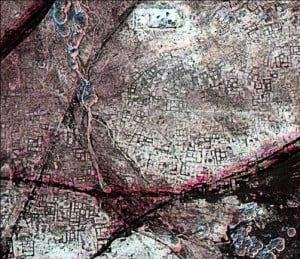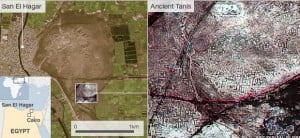
A total of 17 lost Egyptian pyramids have been revealed by a satellite from the National Aeronautics Space Administration (NASA). Aside from the 17 lost pyramid, there were 1,000 tombs and 3,000 settlements revealed by the use of infrared satellite surveying the ancient city of Egypt.
Dr. Sarah Parcak was the pioneer of the research team that conducted the study of locating the lost pyramids by using NASA infrared satellites. She was an (–foul word(s) removed–)t. Professor and archaeologist at the University of Alabama at Birmingham. The satellites used were orbiting 450 miles above Egypt revealing mud-brick structures underneath the surface.
With the discovery Dr. Parcak was quoted in BBC as “We were very intensely doing this research for over a year. I could see the data as it was emerging, but for me the “Aha!” moment was when I could step back and look at everything that we’d found and I couldn’t believe we could locate so many sites all over Egypt.” said Dr. Parcak.
The founding Director of the Laboratory for Global Health Observation at the University of Alabama at Birmingham Dr. Parcak further adds that “To excavate a pyramid is the dream of every archaeologist,” she said.
To proved that the findings were indeed accurate a team of French archaeologists had confirmed the presence of at least two pyramids, an astonishing achievement in the fields of archaeology. The findings at Sakkara (Saqqara) of the two pyramids could be one of the most important archaeological sites in Egypt.
The works and findings of Dr. Parcak will be profiled in a BBC documentary “Egypt’s Lost Cities” airing on Monday, May 30, 2011 at BBC and will be shown also at the Discovery Channel US. Together with a team from BBC they will visit the discovered site.

[youtube]http://www.youtube.com/watch?v=L5RYwNeomk0[/youtube]
